Japan’s reputation as a snorkeling and diving destination often takes a backseat to its cultural attractions and urban experiences. Yet beyond the neon lights of Tokyo and the temples of Kyoto lies an archipelago of over 6,800 islands, many of which harbor underwater wonderlands that rival the world’s best dive spots. These aquatic paradises remain largely undiscovered by international tourists, who rarely venture beyond the main islands.
Here is a list of 20 hidden Japanese islands offering exceptional snorkeling and diving experiences, featuring pristine coral reefs, diverse marine life, and crystal-clear waters that most travelers overlook.
Ishigaki Island
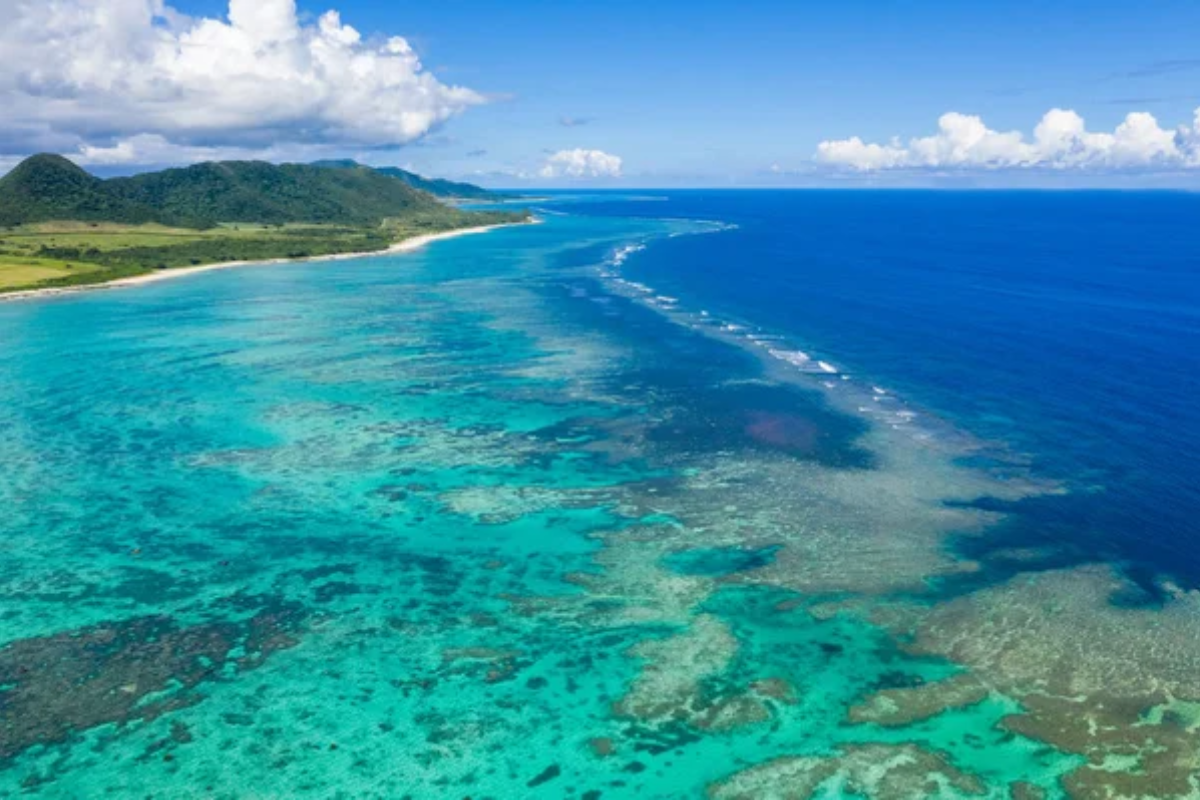
Located in the Yaeyama archipelago, Ishigaki boasts the largest collection of manta rays in Japan’s waters. The famous Manta Scramble dive site offers nearly guaranteed sightings during summer months when dozens gather at this underwater cleaning station.
The island’s Kabira Bay features white sand beaches and turquoise waters so pristine they’re actually off-limits to swimmers, though glass-bottom boats provide views of the delicate ecosystem below.
Iriomote Island
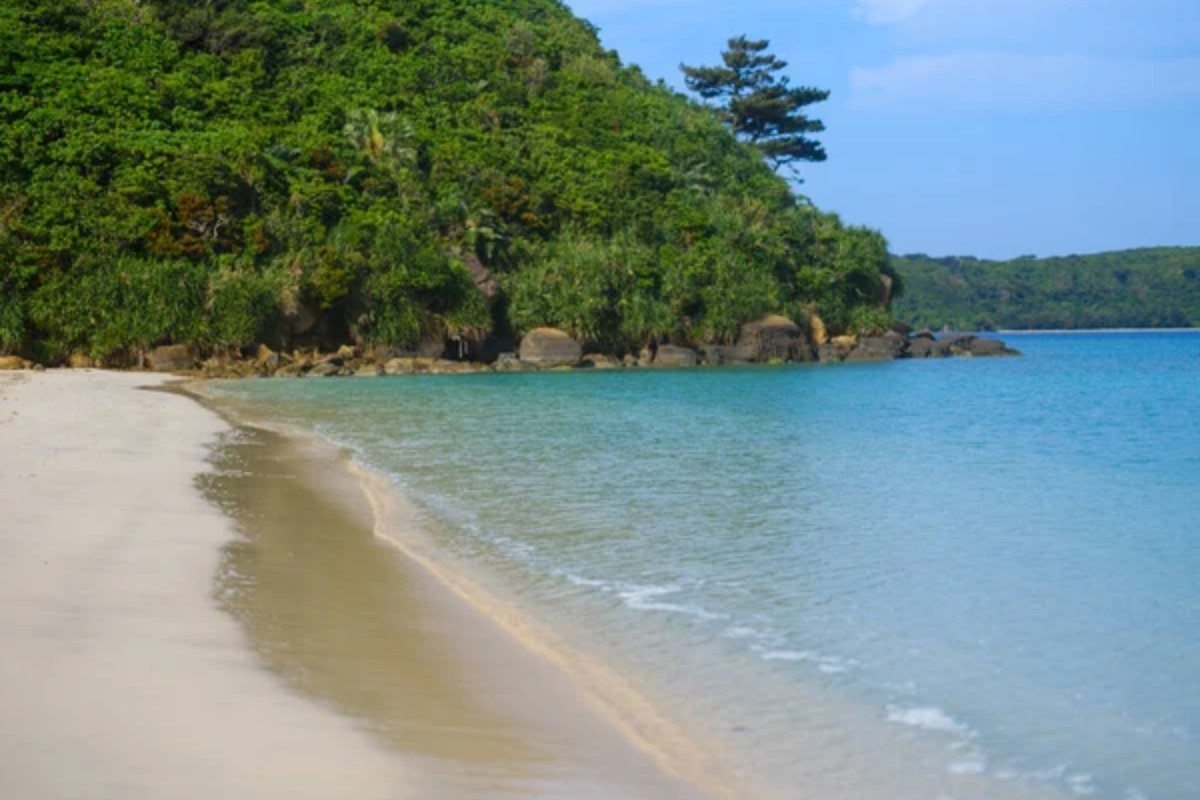
Japan’s jungle island harbors secluded beaches accessible only by boat or through dense subtropical forest trails. The mix of freshwater from the island’s many rivers creates unique diving conditions where you might spot both oceanic and brackish water species within the same dive.
The island’s remote location and minimal development mean that extensive sections of fringing reef remain completely untouched by human impact.
Like Travel Pug’s content? Follow us on MSN.
Miyako Island
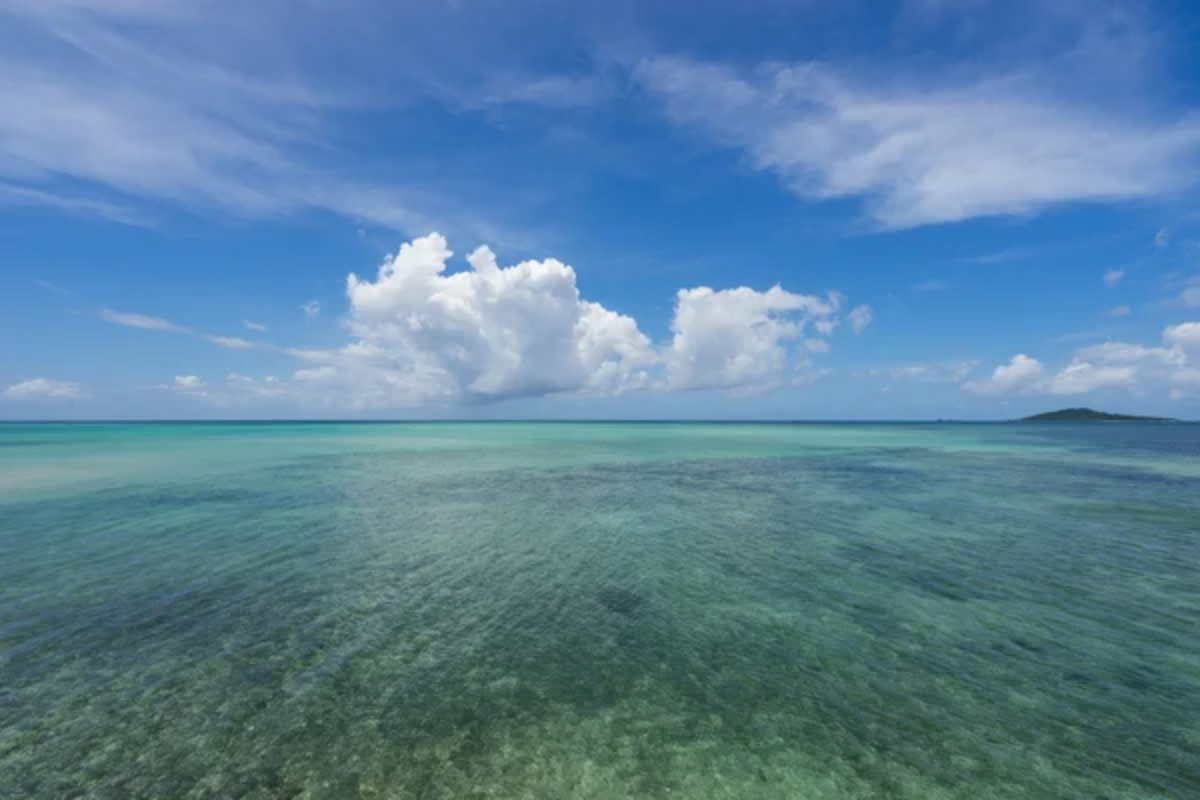
Home to some of Japan’s clearest waters, with visibility often exceeding 130 feet, Miyako features spectacular underwater limestone formations and swim-through caves. The island’s Yabiji Reef constitutes Japan’s largest coral reef system, spanning nearly 100 square miles and containing over 100 individual reef clusters.
Afternoon dives at Toguchinohama often include encounters with large sea turtles that use the protected bay as a feeding ground.
Kume Island
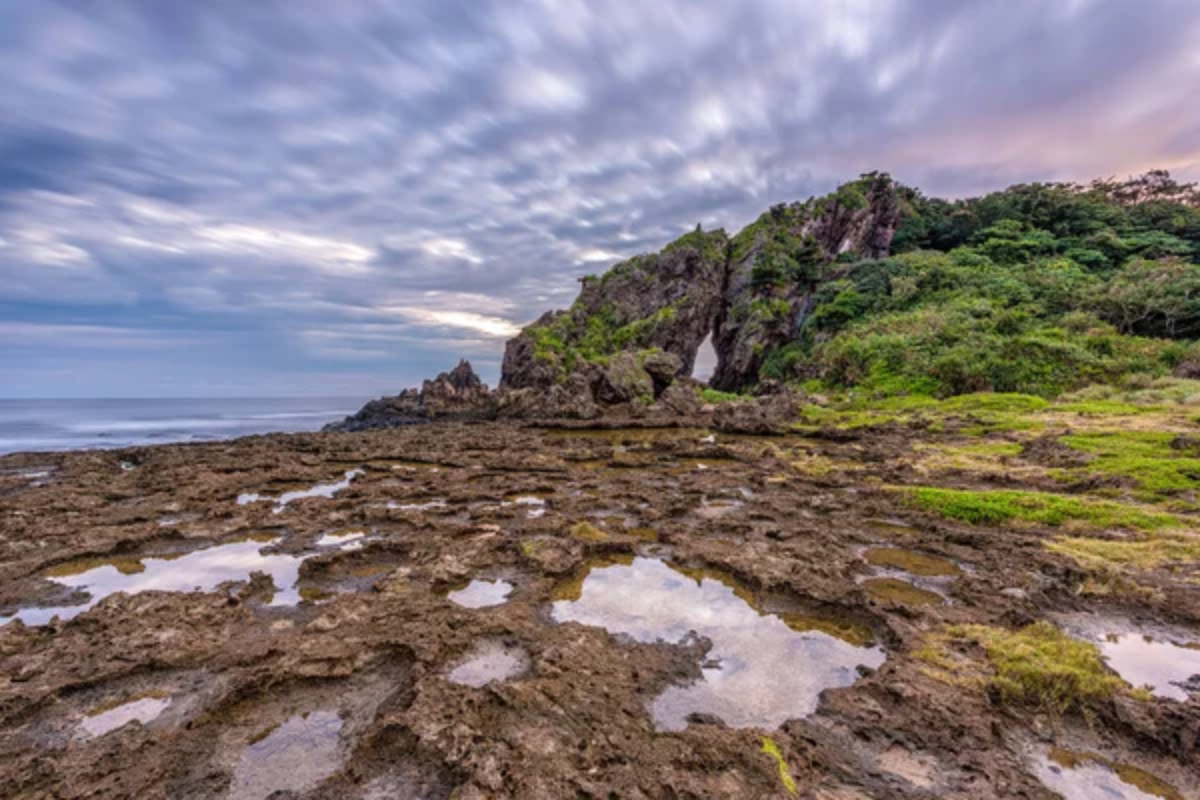
Just 60 miles west of Okinawa, Kume Island offers unexpectedly pristine diving conditions with minimal tourist infrastructure. The Hatenohama sandbar extends nearly two miles into the sea, creating a natural barrier that protects extensive coral gardens from strong currents.
The island’s signature dive site, known as ‘The Triangle,’ features three underwater rock formations that serve as cleaning stations for rare dragon morays and schooling trevally.
Aka Island
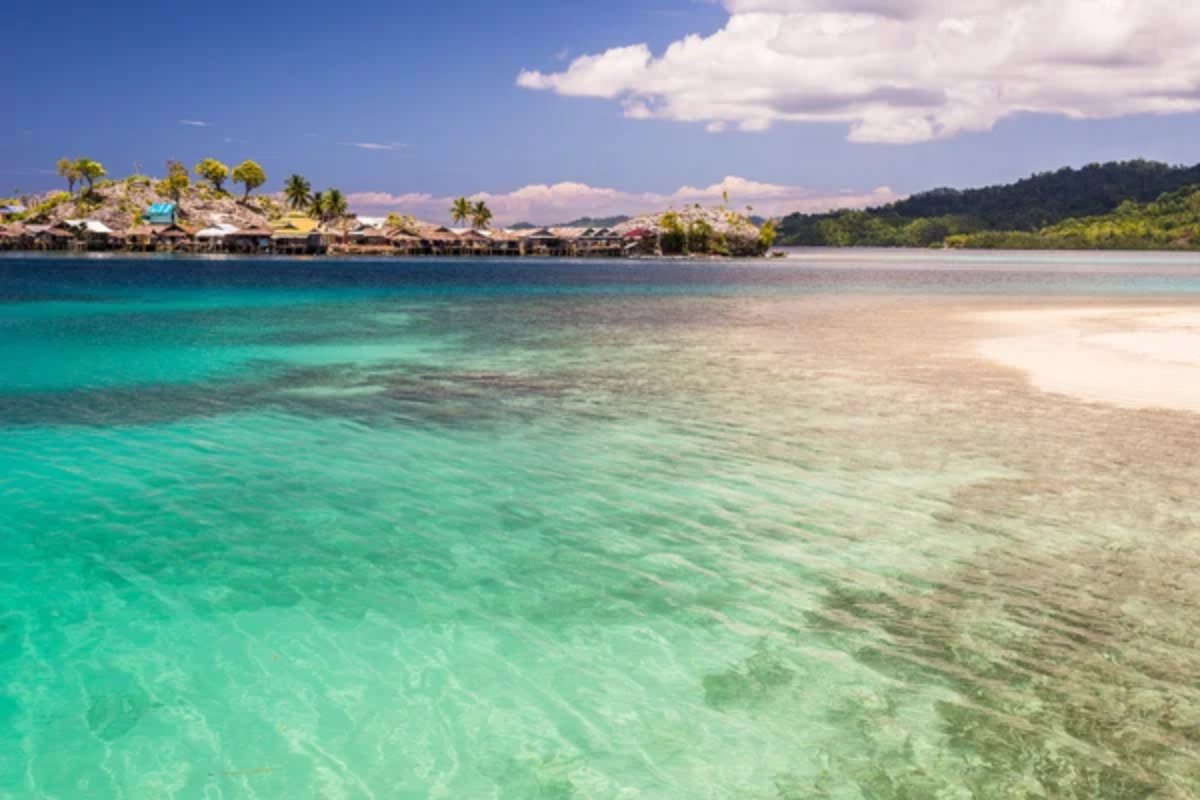
Part of the Kerama Islands Marine Protected Area, Aka, features waters so consistently clear that locals call it ‘Kerama Blue.’ The island’s small size and permanent population of only about 300 people have limited development, preserving both the terrestrial and marine environments.
The protected coves along the western shore harbor unusual coral formations, including rare blue coral colonies that appear to glow under natural sunlight.
Like Travel Pug’s content? Follow us on MSN.
Tokashiki Island
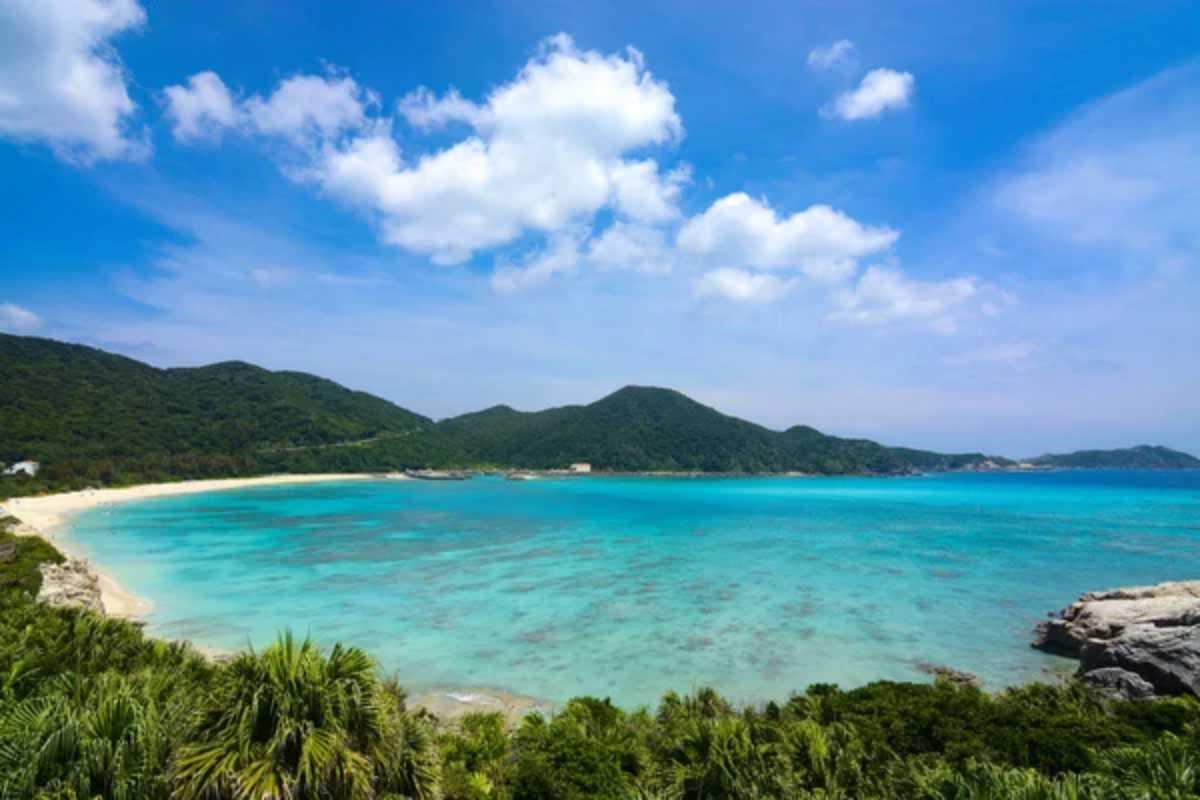
The largest of the Kerama group still receives only a fraction of the visitors that flock to mainland Okinawa, just 15 miles away. The island’s Aharen Beach serves as an entry point to thriving reefs that host over 800 fish species and 200 coral varieties despite its relatively northern location.
Between January and April, the waters between Tokashiki and neighboring islands become a calving ground for humpback whales, creating opportunities for respectful surface encounters.
Zamami Island

Though increasingly discovered by day-trippers from Okinawa, Zamami’s underwater highlights remain largely unexplored. The island’s Furuzamami Beach leads to a complex reef system with natural channels that concentrate marine life and create drift dive opportunities during tidal changes.
The deep waters just offshore serve as migratory pathways for spinner dolphins, with resident pods often approaching snorkelers in the island’s western bays.
Yoron Island
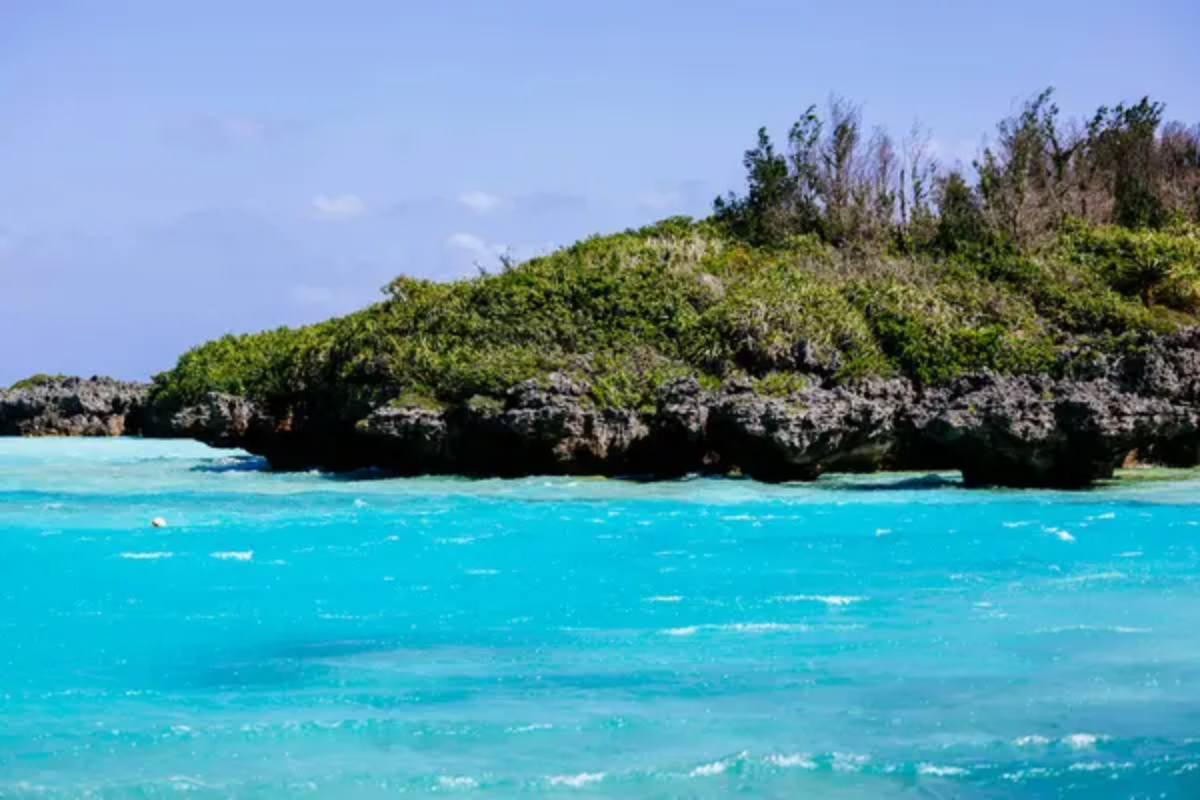
Positioned exactly halfway between Okinawa and Kyushu, Yoron features a unique limestone composition that creates exceptional water clarity and brilliant white beaches. The famous Yurigahama, a sand bar that appears only at low tide, marks the boundary between the inner reef system and the dramatic drop-offs beyond.
The local diving community has established artificial coral restoration sites that have become integration case studies for marine conservation efforts.
Like Travel Pug’s content? Follow us on MSN.
Kohama Island
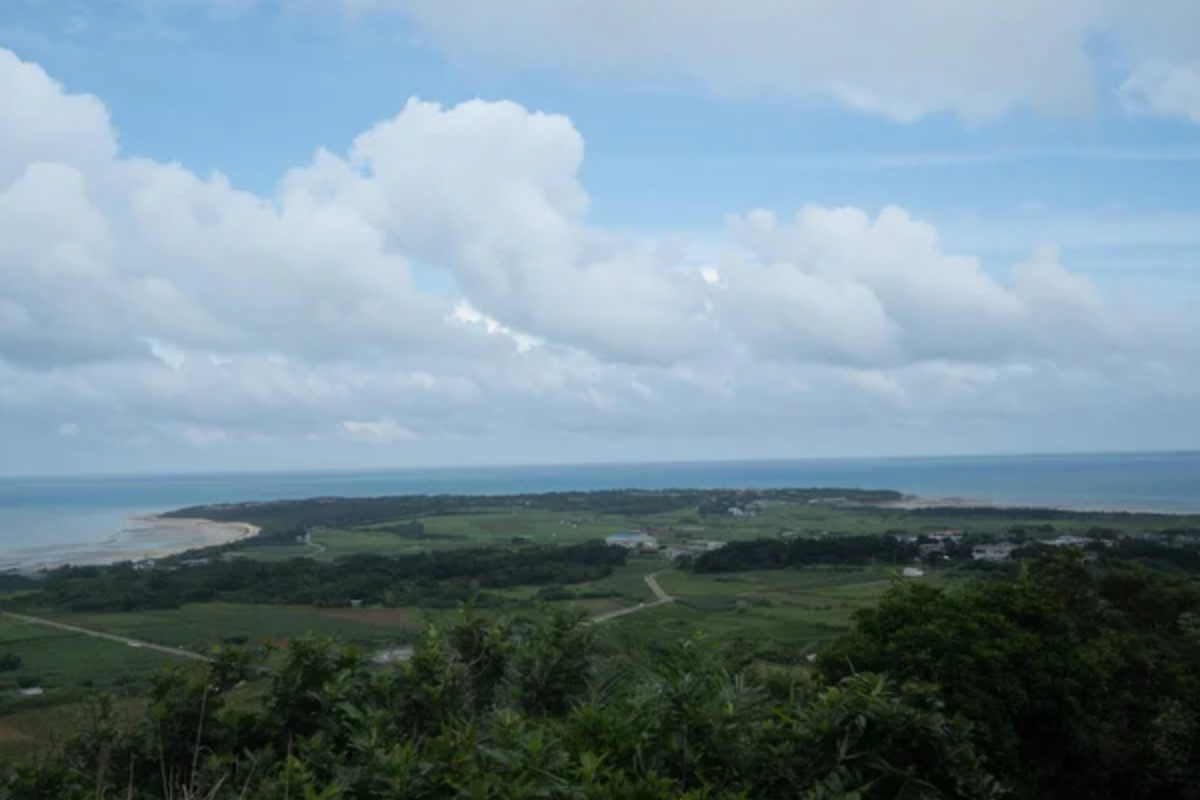
Often overshadowed by nearby Ishigaki, this small island rises dramatically from the sea, with the highest point offering views of seven surrounding islands on clear days. The protected northern coast features gentle coral slopes ideal for beginning divers and snorkelers, with extensive seagrass beds that attract dugongs, Japan’s endangered marine mammals.
The surrounding waters hold large colonies of bioluminescent organisms that create an underwater light show during night dives.
Taketomi Island
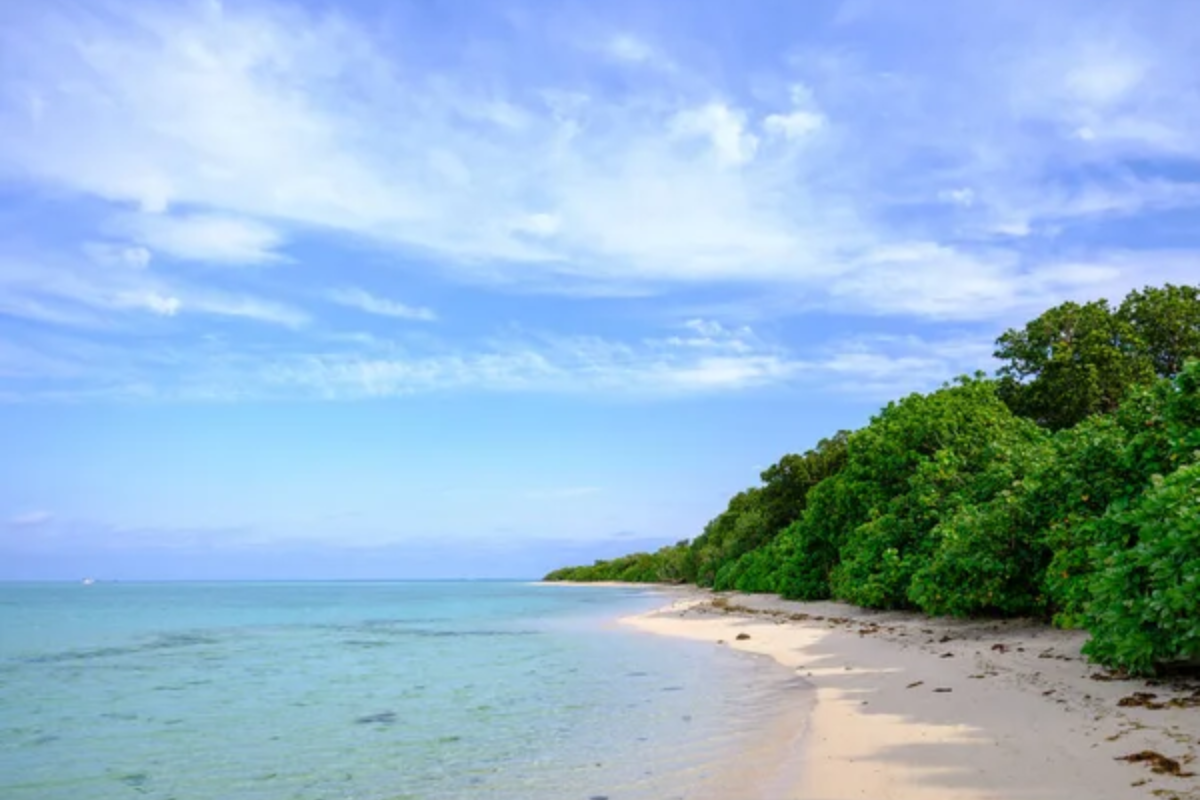
This traditional island with sandy streets and preserved Ryukyu architecture sits amid waters containing star-shaped sand, actually the exoskeletons of tiny marine organisms. The gentle currents around Kondoi Beach reveal extensive fields of colorful soft corals that wave hypnotically with each passing tide.
The marine protected zones established around the island in 2018 have already shown remarkable recovery, with fish biomass increasing by over 40% in just a few years.
Yonaguni Island
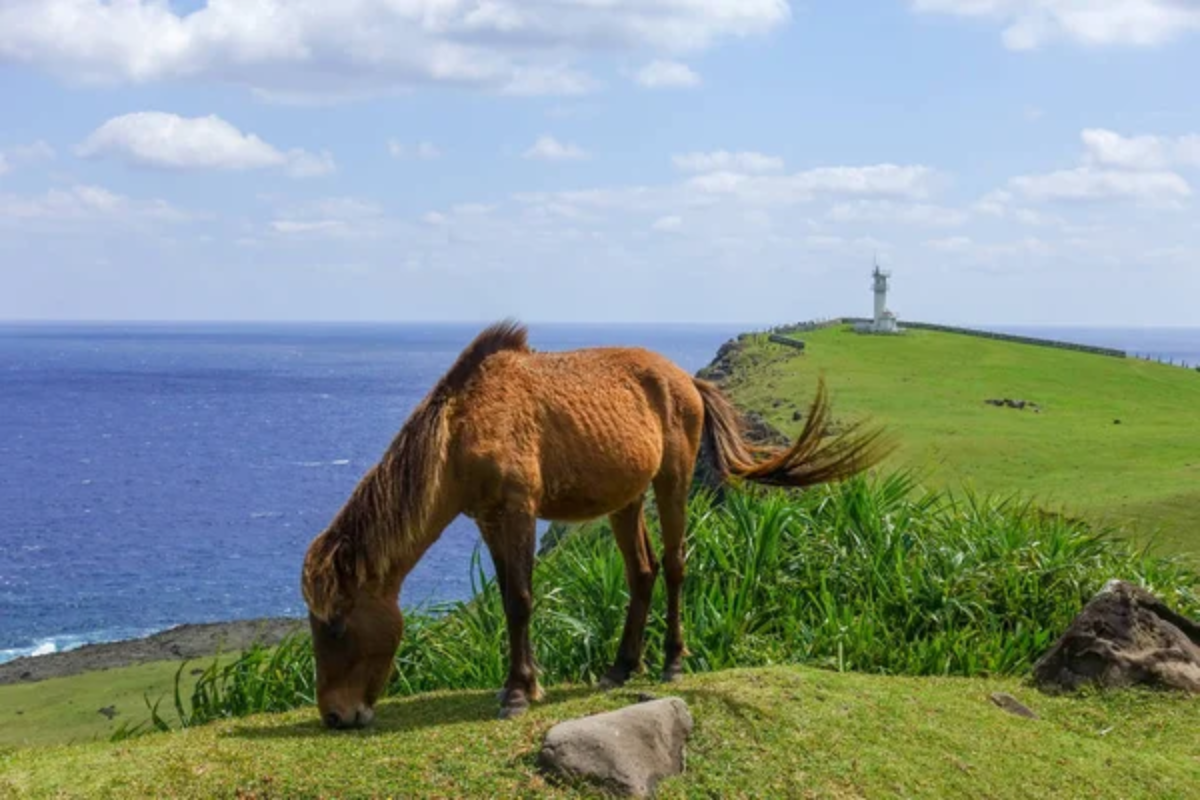
Japan’s westernmost inhabited island is famous for the controversial underwater rock formation, which some believe to be a human-made structure dating back thousands of years. Regardless of the formation’s origin, the diving around Yonaguni offers thrilling experiences with powerful currents that attract large pelagic species, including schools of hammerhead sharks during winter months.
The island’s isolation and rugged conditions have preserved diving experiences that feel genuinely exploratory.
Like Travel Pug’s content? Follow us on MSN.
Hachijojima Island
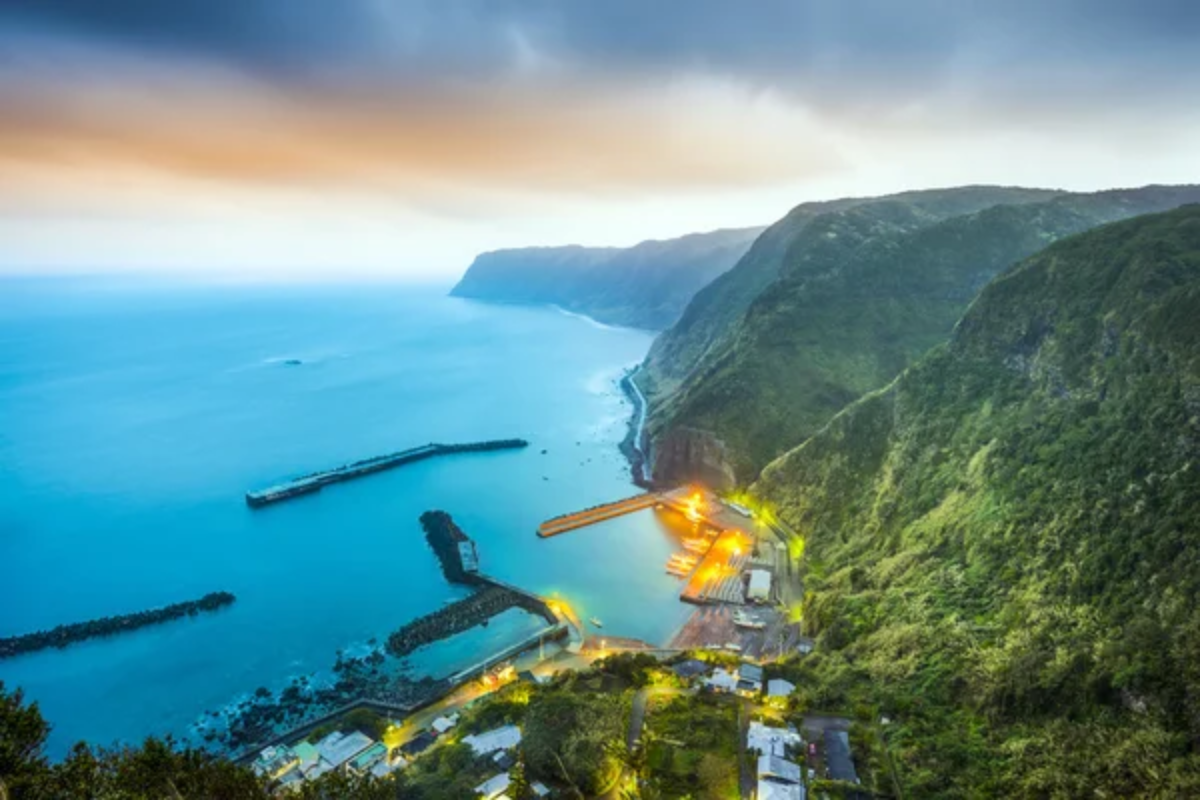
Located in the Izu archipelago, this volcanic island offers subtropical diving conditions surprisingly close to Tokyo, thanks to the warm Kuroshio Current. Black sand beaches lead to underwater lava formations colonized by soft corals and sea fans not typically found in mainland Japan’s waters.
The island’s position at the meeting point of warm and cold currents creates unusual biodiversity, with tropical species encountered alongside temperate water inhabitants.
Izu Oshima Island
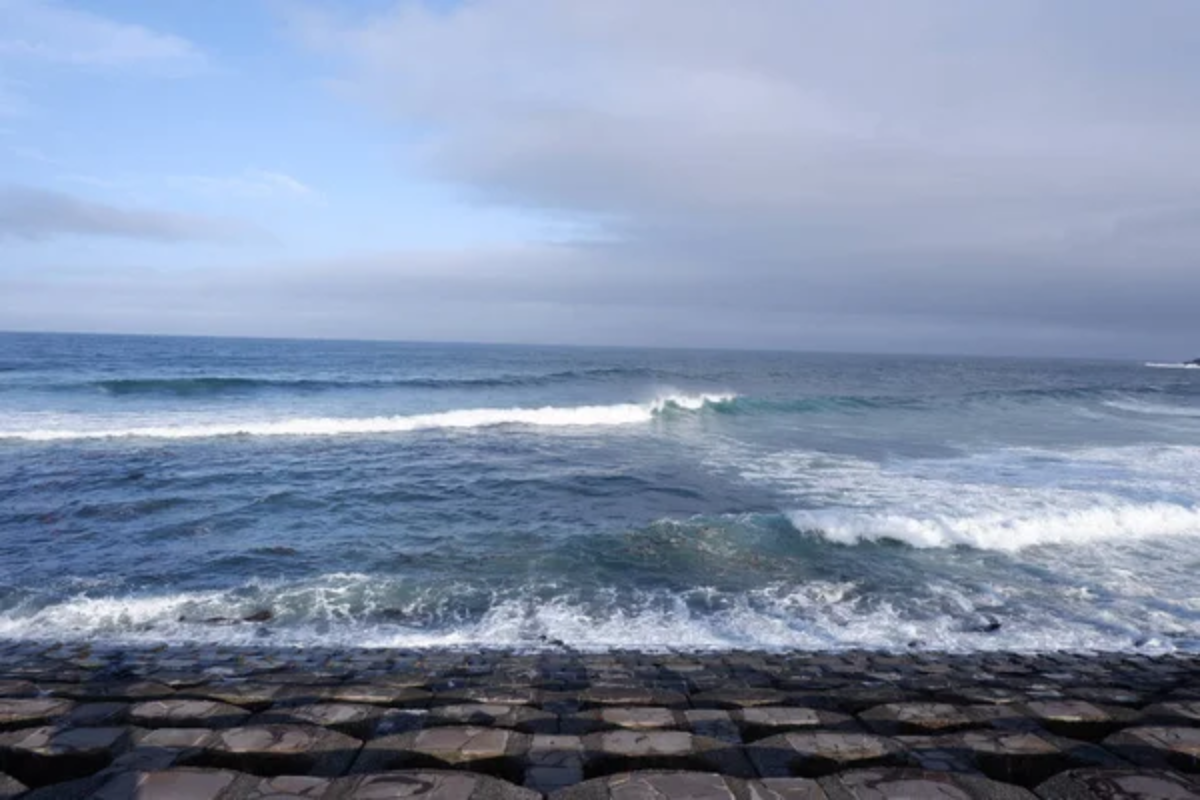
The largest of the Izu Islands features dramatic underwater topography formed through ongoing volcanic activity, with hardened lava flows creating natural swim-throughs and caves. The island’s east coast dive sites feature underwater hot springs where heated freshwater creates shimmering effects as it mixes with cold seawater.
Despite being just 75 miles from Tokyo, the island’s diving spots remain uncrowded, with local dive operations catering primarily to dedicated Japanese enthusiasts.
Kozushima Island
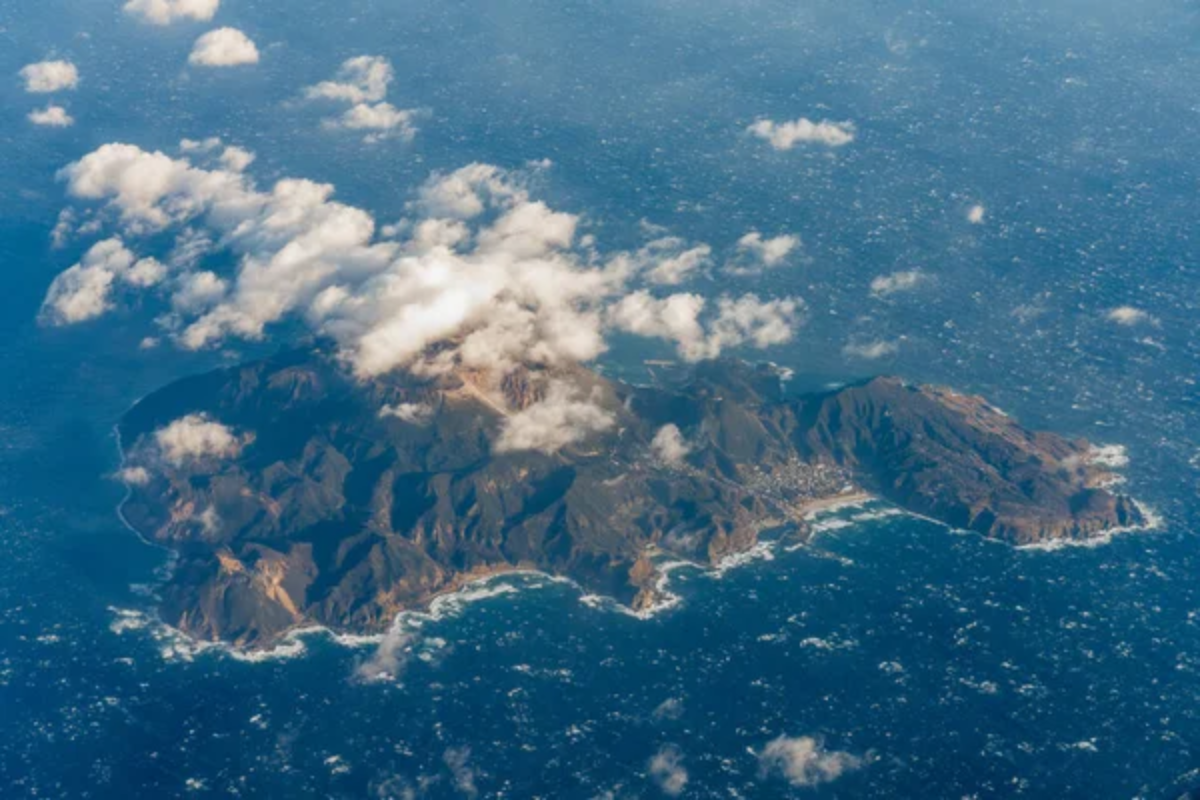
This small island features diving conditions that change dramatically with the seasons, as shifting currents bring both tropical and cold-water species throughout the year. The underwater volcanic landscape includes white sand pockets nestled between jagged lava formations colonized by vibrant soft corals.
Shore diving from Maehama Beach leads to a gradual slope where nudibranchs and rare gobies attract underwater photographers seeking macro subjects not found in tropical destinations.
Like Travel Pug’s content? Follow us on MSN.
Mikurajima Island

Famous primarily for its resident dolphin population, this protected island limits visitor numbers to minimize environmental impact. The Indo-Pacific bottlenose dolphins inhabiting these waters have become accustomed to respectful human interaction, often approaching snorkelers with apparent curiosity.
The seafloor surrounding the island features extensive rhodolith beds—colonies of free-living red algae that create habitat complexity, supporting unusually high biodiversity for temperate waters.
Miyakejima Island
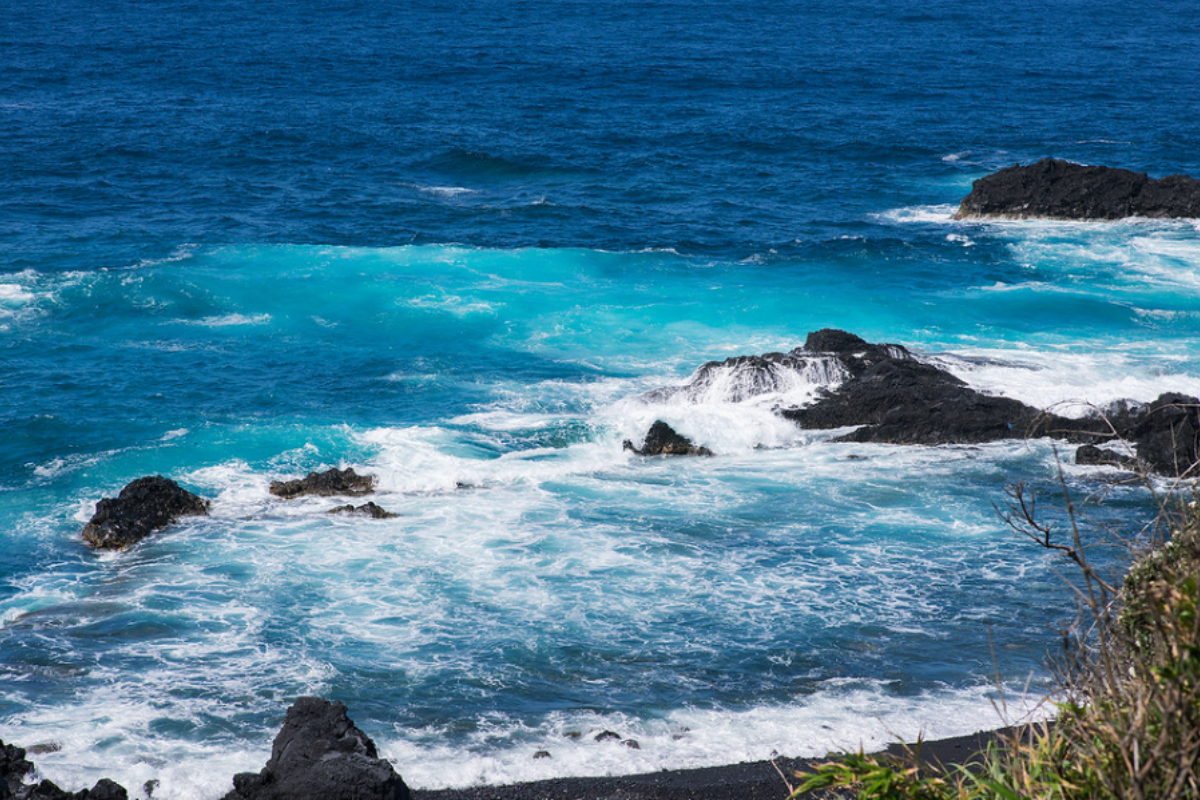
Despite periodic volcanic activity that has occasionally forced evacuations, this resilient island offers some of the Izu chain’s most dramatic underwater scenery. Diving among underwater lava fields reveals how marine ecosystems recover and colonize new substrates following volcanic events.
The island’s signature dive site, Izu Submarine Park, features a complex of lava tubes and archways draped with colorful anemones and inhabited by schools of Asian sheepshead wrasse.
Aogashima Island

One of Japan’s most remote inhabited islands resembles a Bond villain hideout, with a village built inside an active volcanic caldera. The challenging access limits visitors to the truly dedicated, rewarding them with pristine diving conditions rarely experienced by outsiders.
The dramatic underwater escarpments mirror the island’s topography, plunging from shallow coral gardens to depths exceeding 150 feet within swimming distance from shore.
Like Travel Pug’s content? Follow us on MSN.
Chichijima Island
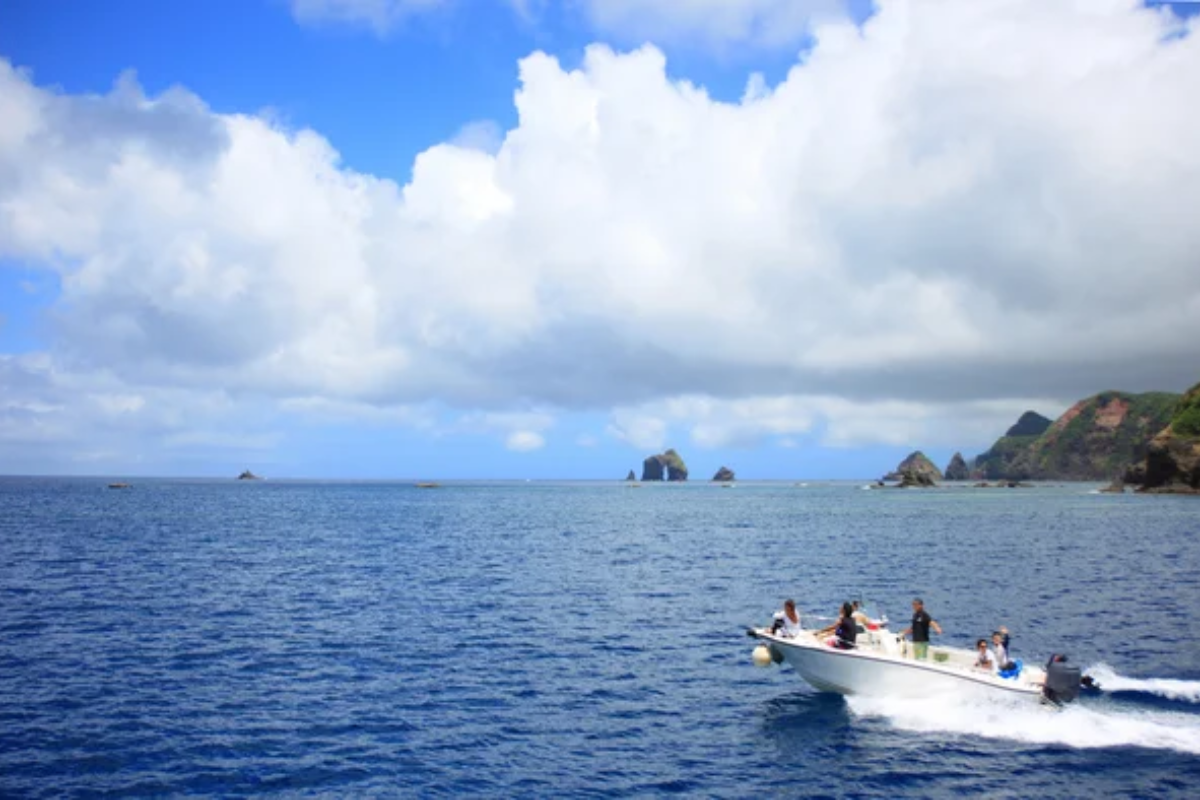
The primary island of the remote Ogasawara archipelago is designated a UNESCO World Heritage site for its biological significance. The 25-hour boat journey from Tokyo (the only access point) ensures minimal visitation despite world-class diving conditions.
The isolation has fostered the evolution of endemic marine species found nowhere else, including several fish and invertebrates first identified by science in just the past decade.
Hahajima Island
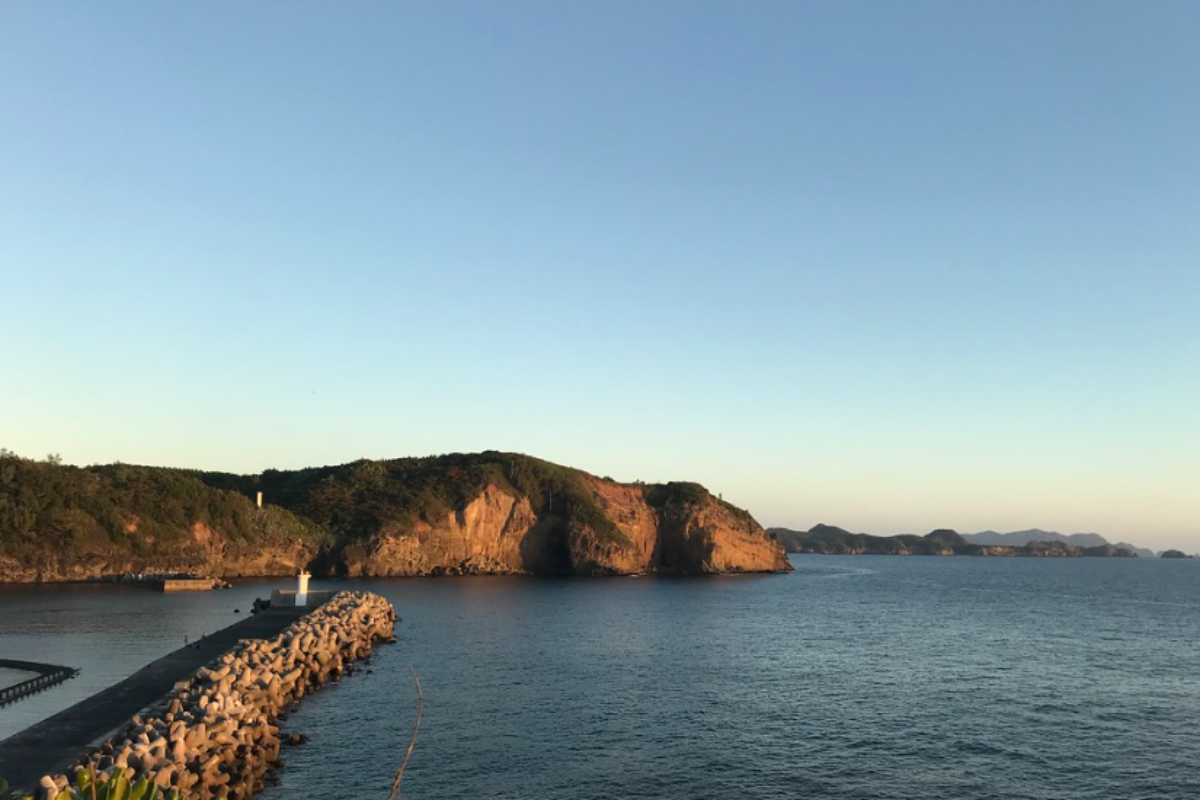
The second-largest Ogasawara island features even less development than neighboring Chichijima, with only a single small village and vast areas of uninhabited coastline. The surrounding waters contain some of Japan’s healthiest coral systems, protected by their extreme isolation and limited human impact.
Underwater caves along the eastern shoreline harbor unusual creatures adapted to the boundary between sunlit and dark marine environments.
Minamidaito Island
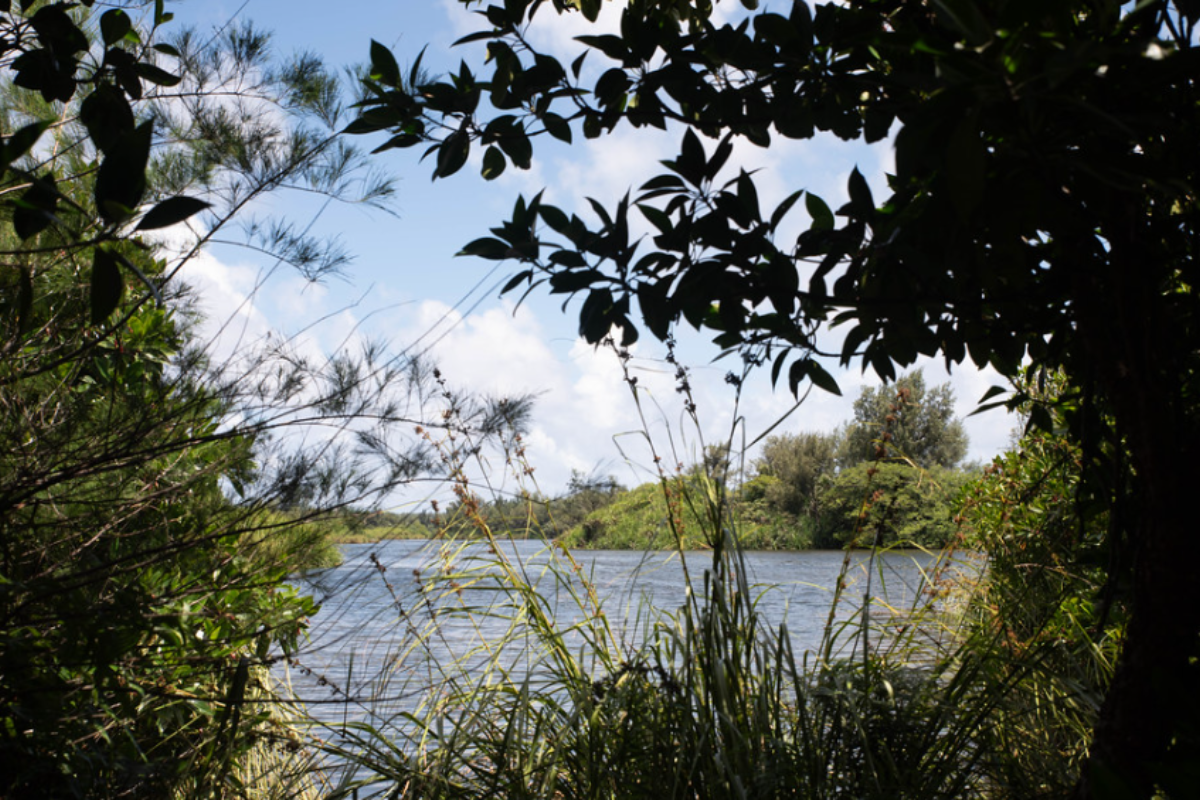
This isolated coral atoll rises from depths of over 4,000 feet and sits 200 miles east of Okinawa. The island’s unusual geology created a system of brackish underground lakes connected to the sea through submarine tunnels, hosting species that have evolved in isolation.
The surrounding reef system features unusually large table corals and sea fans due to nutrient-rich upwellings from the nearby Philippine Sea trench.
Like Travel Pug’s content? Follow us on MSN.
From Hidden Waters to Living Treasures
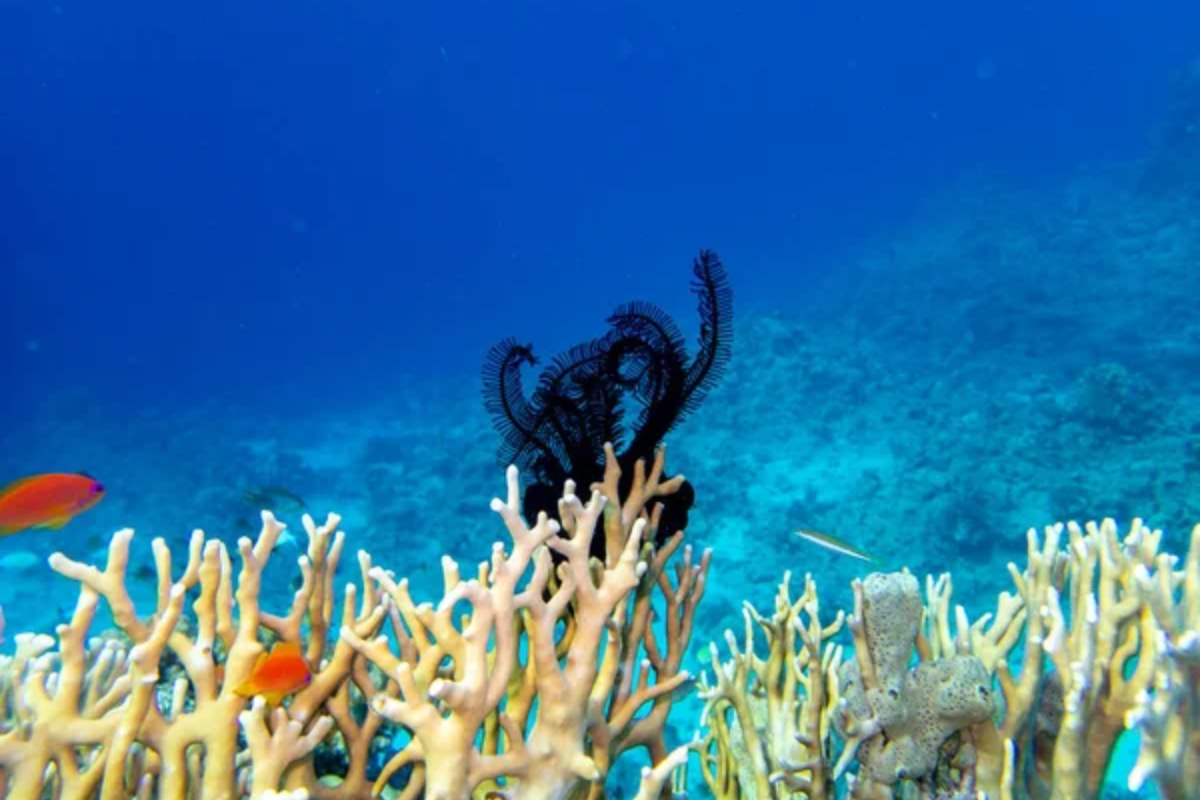
These secluded Japanese islands represent a marine frontier where traditional fishing cultures exist alongside thriving underwater ecosystems. As global coral systems face unprecedented threats, these lesser-known diving destinations have become increasingly valuable both ecologically and culturally.
Their continued preservation balances sustainable tourism with conservation, creating underwater experiences that connect visitors to both natural wonders and Japan’s deep maritime heritage. For those willing to venture beyond familiar destinations, these islands offer marine encounters that remain authentically undiscovered in an increasingly documented underwater world.
More from Travel Pug

- 20 Towns Built for One Purpose That Were Later Abandoned
- 15 Hidden Spots in Disney World’s Magic Kingdom Most Visitors Miss
- 20 Once-Popular Beach Towns That Are Now Ghostly Empty
- 15 Canyons in the U.S. That Are Just as Stunning as the Grand Canyon
- 10 Under-the-Radar Mountain Towns That Are Both Affordable and Beautiful
Like Travel Pug’s content? Follow us on MSN.
